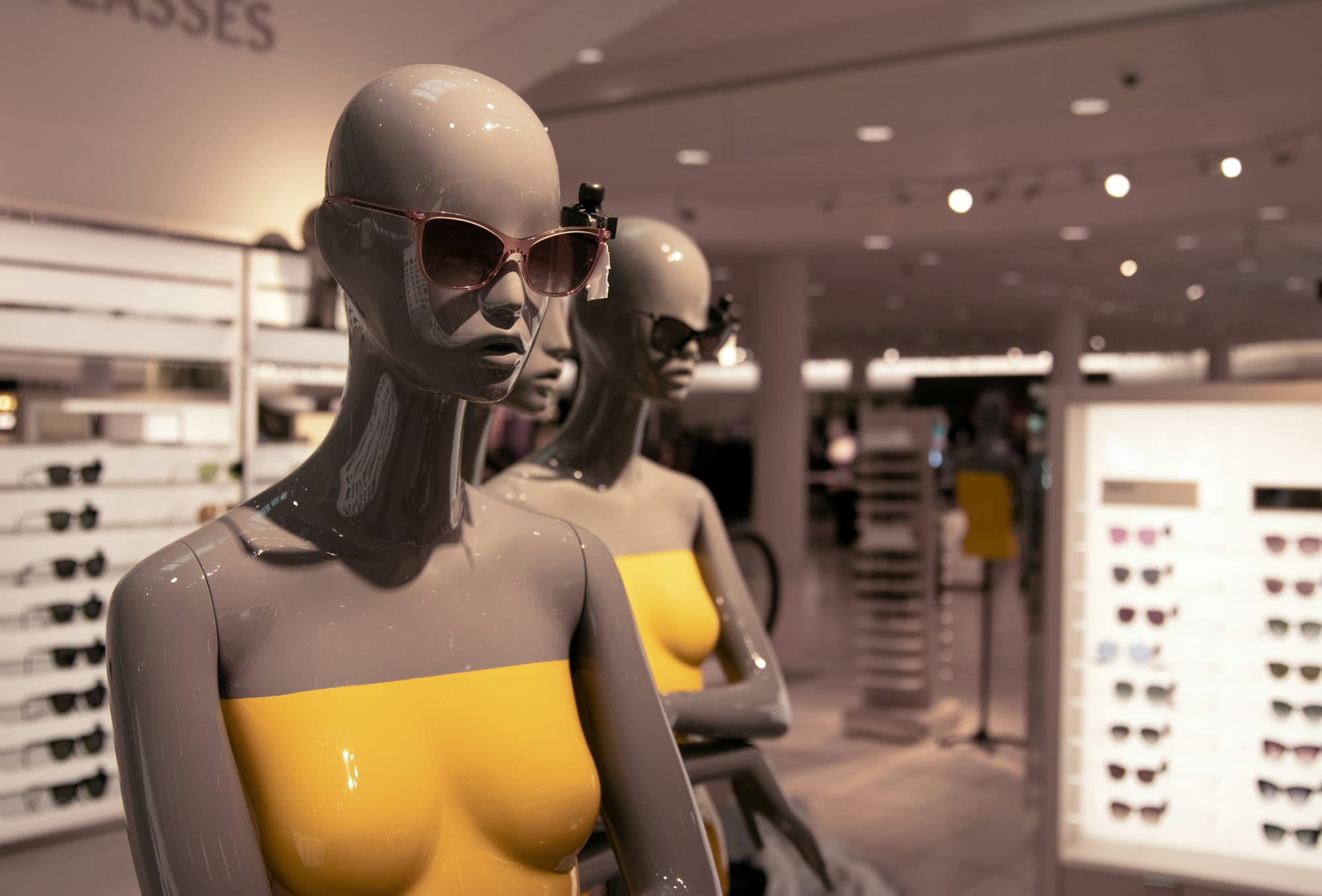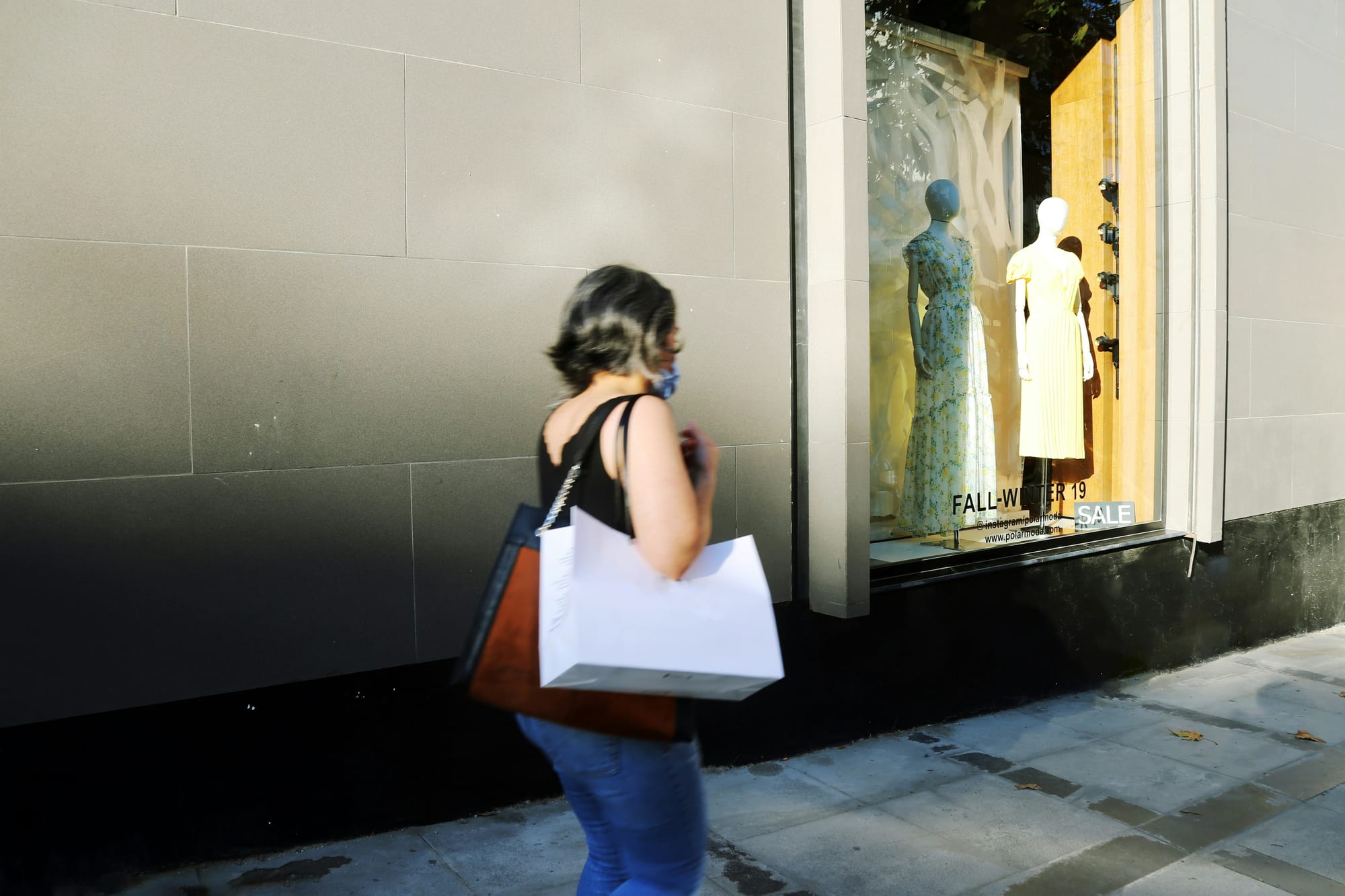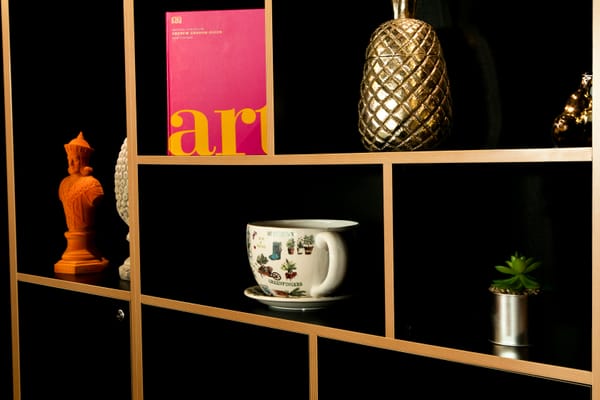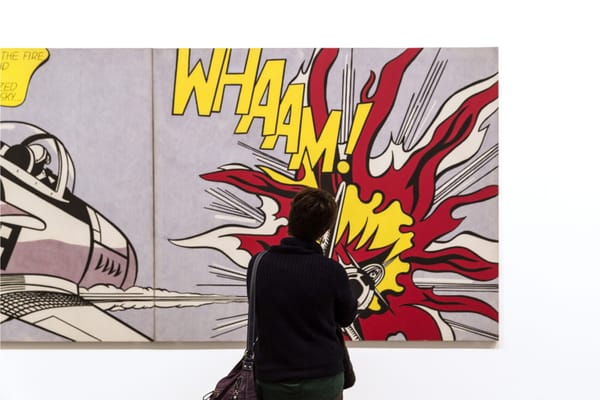Mannequins Have Long Been More Than Mere Display Figures
From curvy forms of the 1950s to the ultra-thin models of the 1990s, these silent influencers have shaped society’s beauty standards, impacting how we view ourselves and our bodies.

It’s easy to walk by a store mannequin without a second thought, seeing it as just another prop to showcase the latest trends. But mannequins are so much more than lifeless figures dressed in seasonal fashion—they’re silent influencers, shaping our perceptions of beauty, fashion, and self-worth. These figures have been crafted and redesigned over decades to reflect each era’s “ideal” body type, carrying with them powerful, often unspoken messages about what beauty is supposed to look like.
Watch the Article on YouTube!
The evolution of mannequins isn’t merely about changing styles; it’s about shifting ideals. Since the earliest days of fashion displays, mannequins have been molded to represent society’s vision of the “perfect” silhouette. Think back to the curvy, hourglass shapes of the 1950s that celebrated femininity, or the impossibly thin mannequins of the 1990s, echoing a time when slenderness was everything. Each shift in mannequin design reflects a deeper shift in what society deems desirable or beautiful at that moment.

But this is more than just a nostalgic look back. Understanding the history and purpose behind these choices can empower us today. Recognizing that each mannequin, each era, has its own specific “ideal” reminds us that these standards are just that—ideals, not truths. They’re manufactured, sometimes even commodified, to create demand and drive sales, and they shift constantly. Today’s trend is tomorrow’s history, and we don’t have to be bound by the silhouettes presented to us.
In recent years, the retail world has started to recognize this, with a welcome push toward more diversity in mannequin design. Stores are increasingly showcasing mannequins that represent a range of body types, sizes, and even abilities. This change challenges the narrow definitions of beauty that once ruled the retail world, making space for a broader, more inclusive understanding of beauty. When we see mannequins that look more like real people, it reshapes how we see ourselves and what we think of as “beautiful”.

So, the next time you pass by a store mannequin, pause and consider what it represents, what message it’s conveying, and what era of beauty it’s trying to sell. With this awareness, you can choose how much influence it has on your own self-image. Understanding the story behind these silent figures can give us the tools to see beyond them—and ultimately, to embrace a body image that’s ours, free from the limitations of ever-shifting ideals.
ART Walkway News





